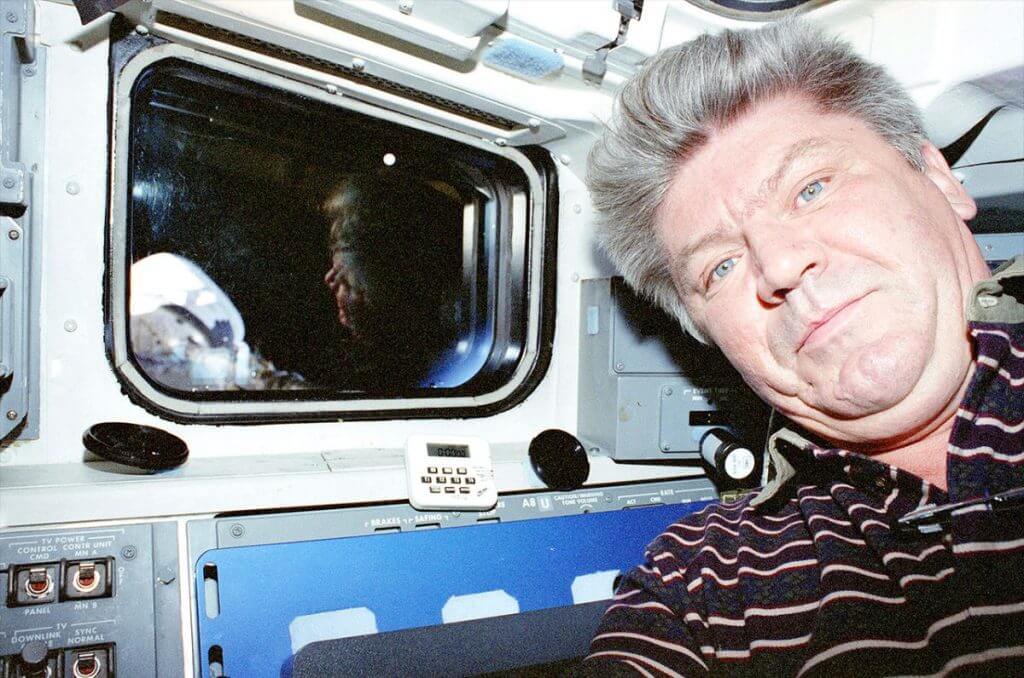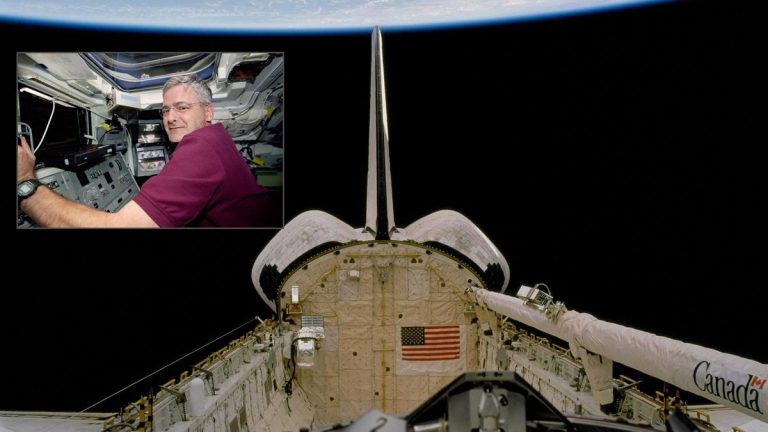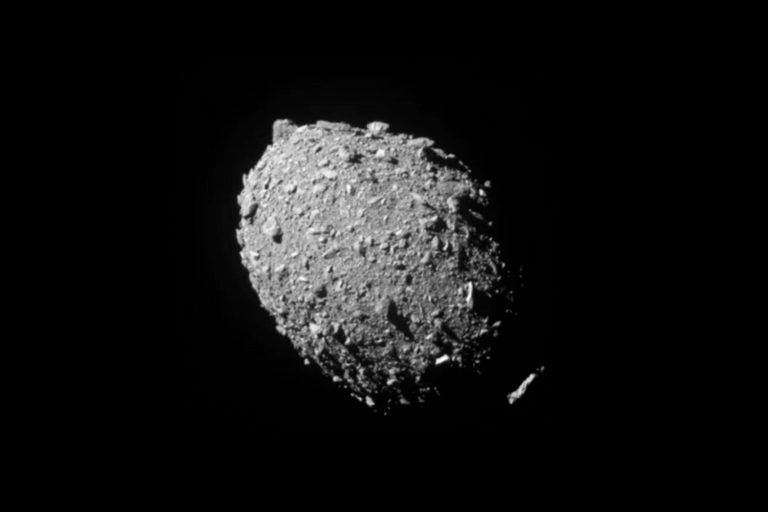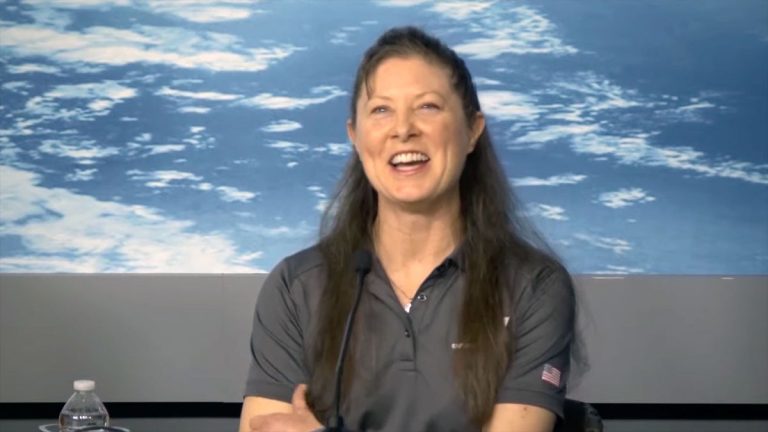
Valery Ryumin, cosmonaut who launched to Salyut and Mir space stations, dies at 82 (Image Credit: Space.com)
Russian cosmonaut Valery Ryumin, who launched on four space station missions including the final U.S. space shuttle flight to dock with the former Mir outpost, has died. He was 82.
Ryumin’s death on Monday (opens in new tab) (June 6) was confirmed by the Russian federal space corporation Roscosmos in a statement (opens in new tab).
“We have lost a comrade and a friend,” said Dmitry Rogozin, director general of Roscosmos. “This is an irreparable loss for all of us. I express my deepest condolences to the family and friends of Valery Viktorovich. The memory of him will forever remain in our hearts.”
A member of Russia’s cosmonaut corps since 1973, Ryumin logged a total of 371 days in space over the course of two short missions and two, record-setting long-duration flights.
Related: The most extreme human spaceflight records

On Oct. 9, 1977, Ryumin lifted off on Soyuz 25, the first mission launched to the Soviet Union’s Salyut 6 space station. Ryumin and mission commander Vladimir Kovalyonok had prepared to spend 90 days aboard the orbiting module, but their Soyuz was unable to achieve a hard dock. After five failed attempts, with both power and fuel supplies running low, the two cosmonauts returned to Earth after just two days.
Ryumin’s second and third visits to Salyut 6 were far more successful. On both Soyuz 32 and Soyuz 35 — launched on Feb. 25, 1979 and April 9, 1980, respectively — Ryumin and his crewmates (Vladimir Lyakhov (opens in new tab) on Soyuz 32 and Leonid Popov on Soyuz 35) set new space endurance records of 175 days and 185 days in space.
On Soyuz 32, Ryumin and Lyakhov spent the six months alone, the result of a docking failure by a visiting crew and then a decision by ground controllers to launch an uncrewed Soyuz for Ryumin and Lyakhov to use for their return to Earth. On Soyuz 35, Ryumin and Popov shared the station with eight visitors spread over four Soyuz flights, including the first Hungarian, Vietnamese and Cuban cosmonauts.

On both flights, Ryumin and his fellow cosmonauts carried out science experiments, including hatching quail eggs, testing out both radio and gamma-ray telescopes and material processing demonstrations. Ryumin and Popov also took part in the 1980 Summer Olympics, appearing live on a stadium scoreboard in Moscow.
By the end of his second Salyut stay on June 3, 1980, Ryumin had logged 352 days in space, more than any other cosmonaut or astronaut worldwide at the time.
That might have been the end of Ryumin’s spaceflight career, were it not for an opportunity to fly on the United States’ space shuttle 18 years later.
“After my three flights in the eighties, I was thinking it would be nice to fly for the fourth time,” Ryumin said in a NASA oral history in April 1998, two months before his launch as part of space shuttle Discovery’s STS-91 crew. “I thought it would be very useful for a person who has very good flight and life experience, to visit the [Mir] station, the station [which] was on orbit for more than 12 years. I believe that I will be able to see more details and more things compared to young cosmonauts or crew members.”
On June 4, 1998, Discovery docked with Mir, completing the ninth and last link-up as part of Phase 1 of the International Space Station (ISS). Ryumin, together with NASA astronauts Charles Precourt, Dominic Gorie, Franklin Chang-Diaz, Wendy Lawrence and Janet Kavandi, spent four days at the space station before returning home with astronaut Andrew Thomas, who completed 130 days on the station.
“I believe that Phase 1 program is very useful and will be very useful for future International Space Station,” said Ryumin. “During these joint operations during Phase 1 program, we learned a lot. We learned how to understand each other. We got acquainted with the philosophies of each country, and we met a lot of people. I believe it’s a very important step for our next second step, which will be ISS.”
Ryumin retired from the Russian cosmonaut corps soon after landing from his fourth and final mission.

Valery Victorovich Ryumin was born on Aug. 16, 1939 in the city of Komsomolsk-on-Amur in the far east of Russia. He graduated from the Kaliningrad Mechanical Engineering Technical College in 1958 and the Department of Electronics and Computing Technology of the Moscow Forestry Engineering Institute in 1966.
After a brief stint as a tank commander in the army, Ryumin was hired by the Rocket Space Corporation (RSC) Energia, where he rose from a ground electrical test engineer to deputy lead designer for orbital stations, department head and deputy general designer for testing.
“I had to work my way from the low position to the top. I started working at the department which was responsible for ground electrical test engineering. I was responsible for the spacecraft which was destined to fly around the moon, manned flight,” said Ryumin. “We were planning, and it was supposed that two crew members would fly around the moon. It was just a test program which we were preparing to perform, to deliver men up to the moon.”
That assignment, though, ended within two years.
“At this time, in ’68, Americans had their first [flight to] the moon. Then there was no reason to continue with this program. This program was closed by the end of ’69. But by that moment, we got an idea of creating a long term station,” he said.

It was in his latter roles that he oversaw the development and preparation of the Salyut-class space stations that he would later fly to as a cosmonaut.
Between his three Salyut missions and his launch on the space shuttle, Ryumin served as flight director for the Salyut 7 and Mir space stations. In 1992, he was appointed Russia’s director for the joint Shuttle-Mir program.
Twice named a Hero of the Soviet Union, Ryumin was awarded with three Orders of Lenin and a “For Merit in Space Exploration” medal, among other Russian and international honors.
He is survived by his wife and fellow cosmonaut Yelena Kondakova and three children, Viktoria, Vadim and Yevgeniya (the first two from his prior marriage to Natalya Ryumina).
Follow collectSPACE.com (opens in new tab) on Facebook (opens in new tab) and on Twitter at @collectSPACE (opens in new tab). Copyright 2022 collectSPACE.com. All rights reserved.








